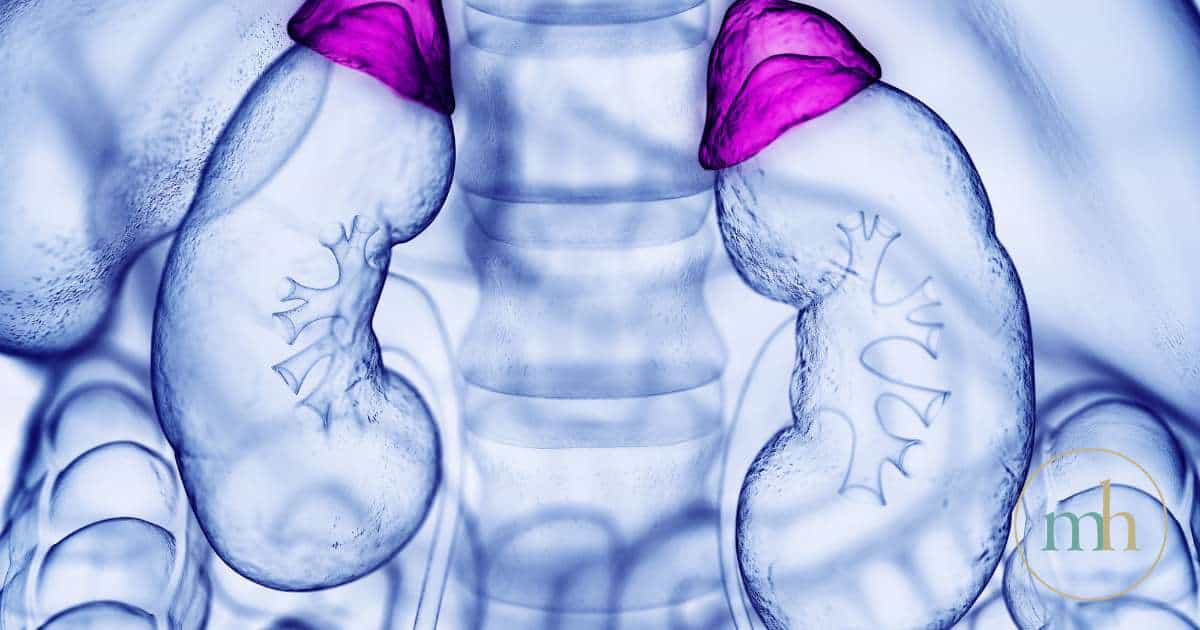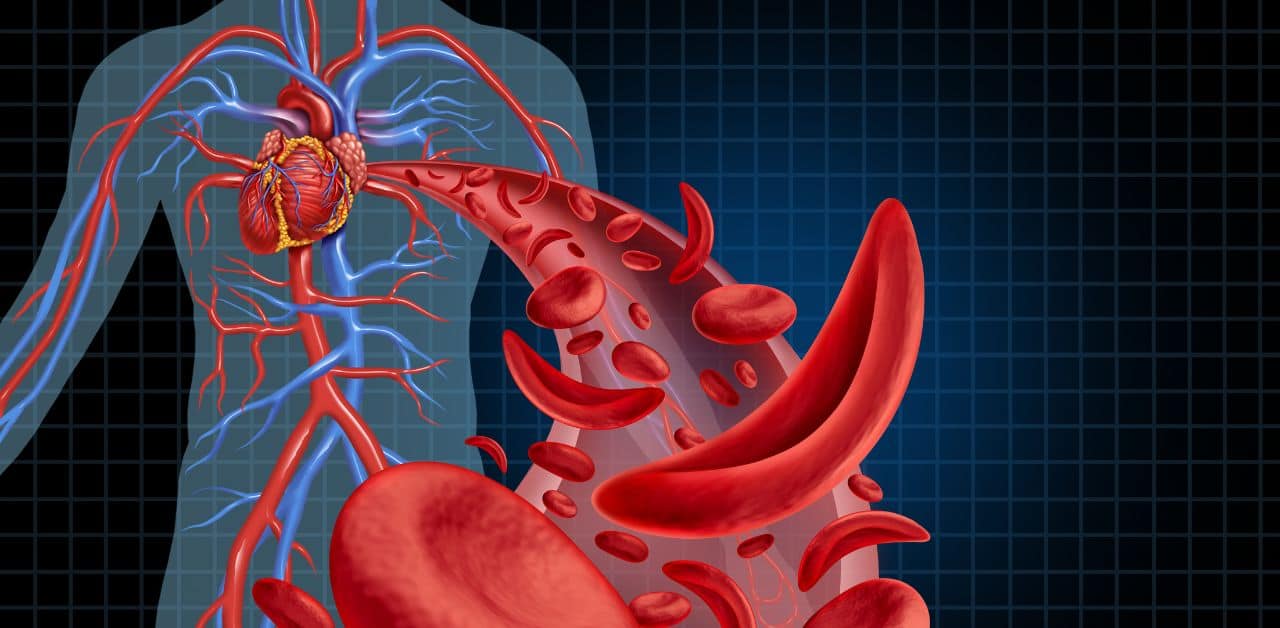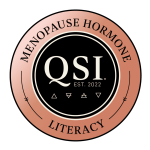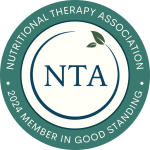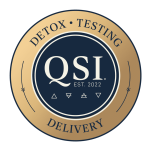Seasonal affective disorder (SAD) is real. I moved from Australia to England on 1st November many years ago. Short, dark, cold days drove me to feeling depressed. I was exhausted and unhappy. After all, it gets dark at 3.30 pm in the middle of winter in London.
I had no idea what was wrong. I had good relationships; a great career and lived in a beautiful home.
Why was I feeling so tired and sad?
A couple of years later I discovered why I felt so horrible from November to the end of February every year. I was suffering from SAD. Then I moved to Seattle where I suffered the same fate during the winter months. Now I live near Denver. Although we are blessed with 300 days of annual sunshine, winter can still be a struggle. I use light therapy during the winter months to help me feel more motivated and happy.
What is seasonal affective disorder (SAD)?
Seasonal Affective Disorder (SAD) is a type of depression that affects people during specific months of the year. It has a definite beginning and definite end each year. It is primarily due to lack of sunlight. This decrease in sunlight may disrupt your body’s internal clock and lead to feelings of depression.
5% of the US population has a diagnosis of SAD. The reality of how many people are affected by this is much higher. Most people don’t get a formal diagnosis for their feelings of seasonal sadness. They just plough through life.

If you live above 35° latitude – which, in the US, is roughly along the southern borders of Tennessee and Nevada – the sun isn’t strong enough for your body to make an adequate amount of Vitamin D from November-February.
Seasonal affective disorder and the pandemic
This winter with the pandemic and social distancing still affecting most peoples’ lives, SAD is a greater challenge than ever. Getting outside into sunshine is more difficult than usual.
The low winter sun inhibits your body from properly regulating serotonin and melatonin, hormones that are key to maintaining your sleep cycle. So many of our clients feel the negative effects of the winter months and lack of sunshine. And the further north you live, the worse it gets.
Light therapy and Seasonal affective disorder
Investing in a Happy light therapy lamp, which emits bright white, full spectrum light (including a safe amount of blue light), is a clinically-proven and simple way to make sure you are getting the benefits of the sun without UV exposure.
While most indoor lighting is 150 lux (how light intensity is measured), Happylight therapy lamps are 10,000 lux. This intensity gives you the greatest effect in the shortest amount of time.
Live Life Well!
Join our email list for exclusive offers and the latest news
We agree to never spam you, by submitting you agree to our Terms of Services
Benefits of light therapy
- Enhances your mood
- Increases your energy
- Improves your sleep
- Helps with focus
I use mine first thing in the morning as I’m drinking my first glass of water and reading a book and feel energized to take on the day after a 20 minute session.
My light wakes me up and helps me feel balanced and ready to serve my community with enthusiasm and passion!
Clare Kelway
I also use my Happy light when consulting with clients via zoom. It helps me stay focused and concentrate as I work through several hours of zoom calls.
I notice that by 8pm, my body is starting to wind down and tire – a great sign that my melatonin is kicking in to get my body ready for sleep.
To use the Happylight effectively, it’s important that it be close to you and directed toward your eyes because the light enters through your eyes (not your skin). Be sure to not wear blue light blocking glasses, as you need the blue light to help with the synthesis of Vitamin D, seratonin and melatonin.
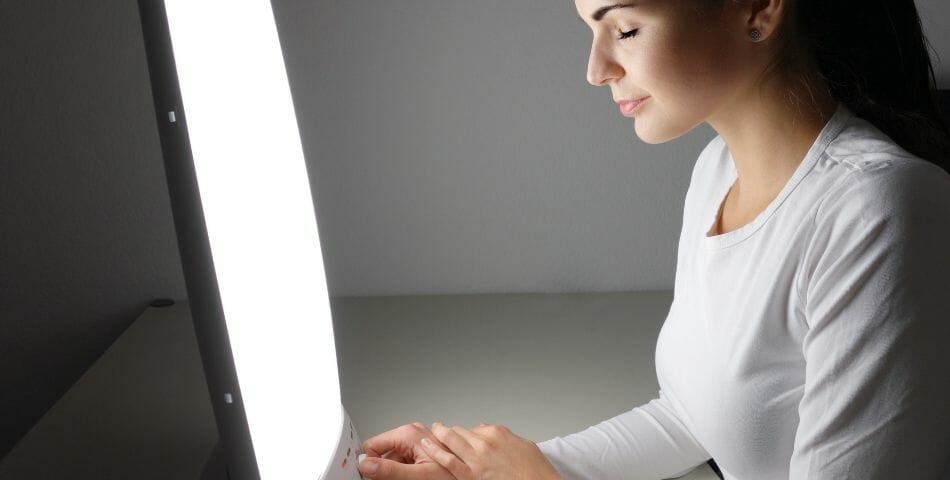
f not directly in front of you, a 45° angle will work. Also make sure it is no more than 12″-18″ away from your face. A diffusion lens makes it safe to be this close; however, if you have macular degeneration, retinitis pigmentosa or are taking a photosensitive medication, check with your doctor before using.
You may start to notice the effects of using a therapy lamp within 3-5 days, but it could take as long as 2 weeks.
Of course, we always recommend talking to your healthcare provider before starting on any new therapy or treatment and this includes using a light box.
Lifestyle tips for improved winter mood and helping seasonal affective disorder
In addition to using your Happy light, we recommend getting outside at least once per day. Fresh air is helpful for your moods and health. Drink enough water. I often hear that it is difficult to stay hydrated in winter because you aren’t outside like you might be in the summer months. Drinking herbal teas is a good way to keep up your hydration or also putting lemon in your water. We don’t recommend drinking cold water – your spleen will not be happy and neither will your seasonal affective disorder. BRRR…
And make sure you are eating a healthy diet during the winter months – don’t overdo the carbohydrates, especially the refined carbohydrates. Eat lots of healthy fruits and vegetables. Focus on getting enough vitamin D and omega 3’s in your diet.
Conclusion
If you want some help with your diet, your sleep or if you are feeling hopeless during the winter months, you could be suffering with seasonal affective disorder which can also affect hormone imbalances or digestive issues.
Reach out to us by scheduling a FREE health strategy call with a member of our team.




